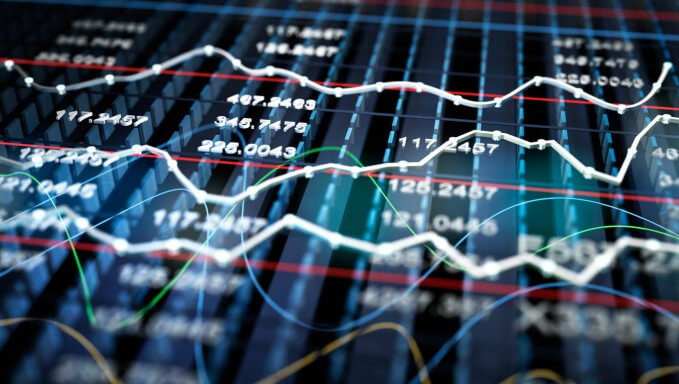
Travelers, especially the leisure kind, are particularly sensitive to prices.
NB: This is an article from Altexsoft
Be it flights, vacation rentals, or cruises they’re researching, most would put price as the most important factor they’re considering. This human trait is exactly what caused online travel agencies and aggregators to push direct distribution channels into the background.
Subscribe to our weekly newsletter and stay up to date
But does it mean that hotels must get used to living in the OTAs’ shadow and be content with monstrous fees and rate parity rules? Not exactly. We’ve long advocated for the hospitality business to adopt revenue management as their main strategy for succeeding in the current market. Among an RM’s many tools is one that we want to spotlight in this article. Let’s talk about the many ways rate shopping might benefit a hotel’s bottom line.
What is rate shopping and rate intelligence?
Rate shopping isn’t reserved for the hospitality business only. Any process of considering different options in terms of price can be called rate shopping. You could say that when travelers skim through propositions on Kayak, they’re rate shopping. But to simplify matters, let’s use this definition: Rate shopping is the process of acquiring rate intelligence.
Analytics is the bread and butter of revenue management. To segment customers into neat little groups, forecast the demand for the season, and determine optimal pricing for each room in an inventory, a hotel must have an innate knowledge of customer and market behavior. To make this knowledge more accessible and useful, it’s typically manifested on business intelligence reports and live dashboards.
Any sections of those reports that may help hoteliers make informed pricing decisions are considered rate intelligence. Rate intelligence involves using rate shopping tools to compile and display such information about the market as
- competitor rates and your positioning in comparison to them,
- your rates across all channels,
- demand and occupancy in competing hotels,
- events and holidays taking place in your area.
How exactly can this data be used? Provided in real time and conveniently visualized, it’s instrumental in succeeding at the following tasks.
Why use rate shopping tools
What do you do when you acquire rate data? Apart from simply looking at it and adjusting your rates manually, there are a few revenue management tasks that heavily rely on it.
Dynamic pricing and automation
One of the practices of revenue management, dynamic pricing is tasked with setting a price based on current market conditions to maximize your revenue. Commonly used in an airfare setting, the practice can be just as successful with other travel providers, matching room prices to your business costs, competitor prices, or demand changes.




